Water Quality Parameters in Shrimp Farms
Fluctuations in water quality can induce stress in shrimp, increase the risk of diseases, and ultimately elevate mortality rates in pond cultivation. As such, farmers must continuously monitor these parameters. Here are the water quality parameters for shrimp ponds and their optimal ranges.
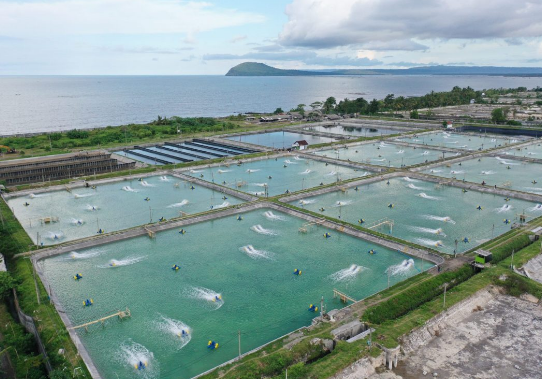
Water Quality Parameters to be Monitored
1. Temperature
Water temperature significantly impacts shrimp metabolism. Low temperatures can inhibit metabolism and appetite, while high temperatures can increase metabolic rates, potentially leading to death. The optimal temperature range for shrimp cultivation is 28-30°C.
2. Clarity
Water clarity reflects how much sunlight penetrates the pond. Phytoplankton use sunlight for photosynthesis, but excessive clarity can disturb shrimp. The ideal clarity ranges from 25-40 cm, depending on pond depth.
3. Water Color
Water color is influenced by microorganisms, dissolved substances, and minerals in the pond. Green water indicates healthy phytoplankton growth, but it’s important to note that green color doesn’t always signify good water quality
4. Dissolved Oxygen (DO)
DO is essential for respiration and metabolism. The pond’s DO levels should be maintained at no less than 4 ppm, as insufficient DO can lead to water toxicity and mass mortality.
5. Salinity
Salinity reflects the amount of dissolved salt in the water. The recommended salinity for shrimp cultivation is 15-25 ppt. Salinity balance can be adjusted by adding fresh water or salt.
6. pH
Pond water pH reflects potential productivity. The pH range for pond water is 7.5-8.0 in the morning and 8.0-8.5 in the afternoon. Extremely low or high pH levels can cause toxicity and harm to organisms in the pond.
7. Nitrite and Nitrate
Nitrite and nitrate come from the nitrogen cycle. Accumulated nitrite can lower shrimp immune responses, so it’s crucial to control nitrite and nitrate values below 0.5 mg/L.
8. Total Vibrio Counts (TVC)
If TVC reaches high levels (> 3 × 10³ CFU/ml), administer probiotics for protection against vibrio. Additionally, control feeding and clean the pond bottom with a siphon and central drain.
9. Ammonia
The accumulation of leftover feed and shrimp waste settling at the pond bottom increases the ammonia level. High concentrations of ammonia produce an unpleasant odor, hinder growth, and can even cause mortality to the organisms within. When ammonia accumulates to toxic levels, shrimp or fish struggle to efficiently extract energy from the feed. It is crucial to maintain the ammonia level in the pond at or below 0.1 mg/L.
10. Total Organic Matters (TOM)
Increased organic matter due to plankton decrease, excessive feeding, and/or shrimp waste accumulation can trigger vibrio bacteria development, excessive algae growth, and elevated TAN and phosphate cntent.
If TOM is high due to plankton decline, siphon to remove settled dead plankton. If signs of overfeeding are present, take steps such as siphoning, reducing feed quantity, and diluting water.
Cre: delosaqua.com
Contact AQUA MINA for consultation and supply of aquaculture round tanks and aquaculture equipment for high-tech shrimp farming.
- Address: 685 National Highway 1A, Binh Hung Hoa Ward, Binh Tan District, Ho Chi Minh City
- Phone: 1800 6071 (Toll-free hotline)
- Email: sales@aquamina.com.vn or oversea@aquamina.com.vn
Aqua Mina's distributor in Japan:
REX INDUSTRIES CO., LTD
- Address: 1-9-3 Hishiya-Higashi, Higashi-Osaka 578-0948 JAPAN
- Email: kimakubo@rexind.co.jp
- Phone: +81-(0)72-961-9893
- Website: http://www.rexind.co.jp/e/

WE WORK FOR YOUR SUCCESS!
Ngày đăng : 09/12/2024
2268 View
Other Articles
Portuguese food group acquires 18% stake in cod farming company Norcod
Indonesia implements radioactive-free shrimp certification for exports to the United States
India is world’s second-largest shrimp producer. That is now under threat
Ca Mau’s shrimp industry moves towards “green” growth
Floods devastate aquaculture, processing operations in Vietnam
Ecuador Leads Global Shrimp Exports, Surpassing USD 7 Billion in 2025
India's marine product exports rise 16% as new markets offset US dip
Skretting presents the first shrimp feed with insect meal in Vietnam
Sharing: EU increases shrimp imports in the first 9 months of the year
Gideon De Oro opens high tech Cebu shrimp plant, to revive exports
White-leg shrimp facing WSSV: When density and environment fluctuate together








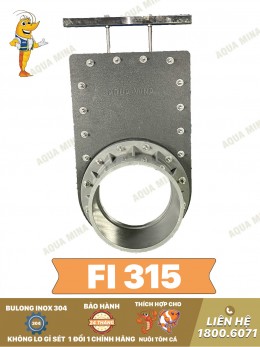
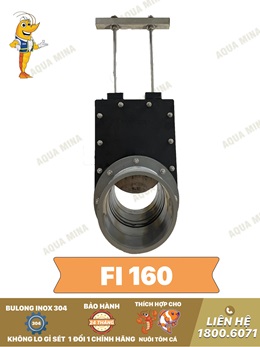
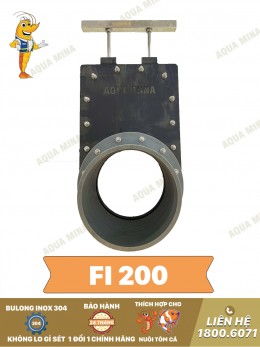
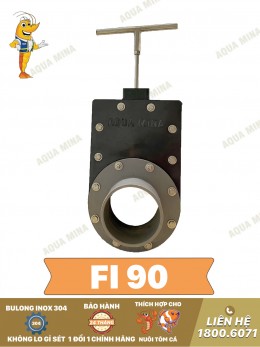
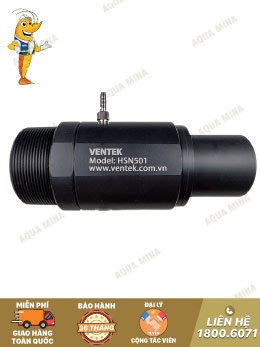
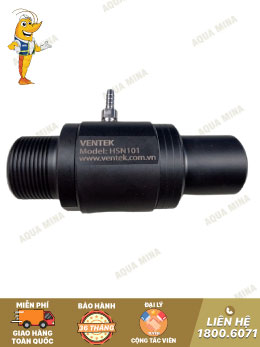
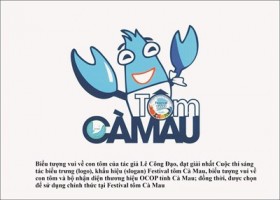
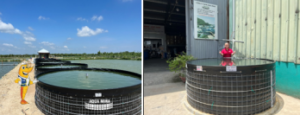
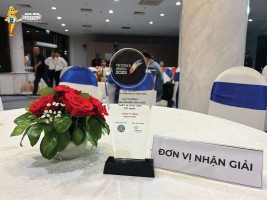
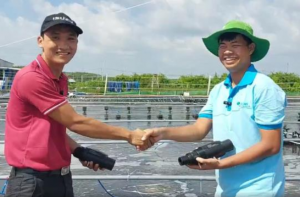
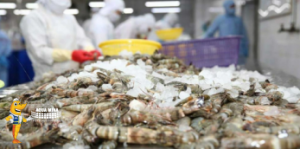
.jpg)